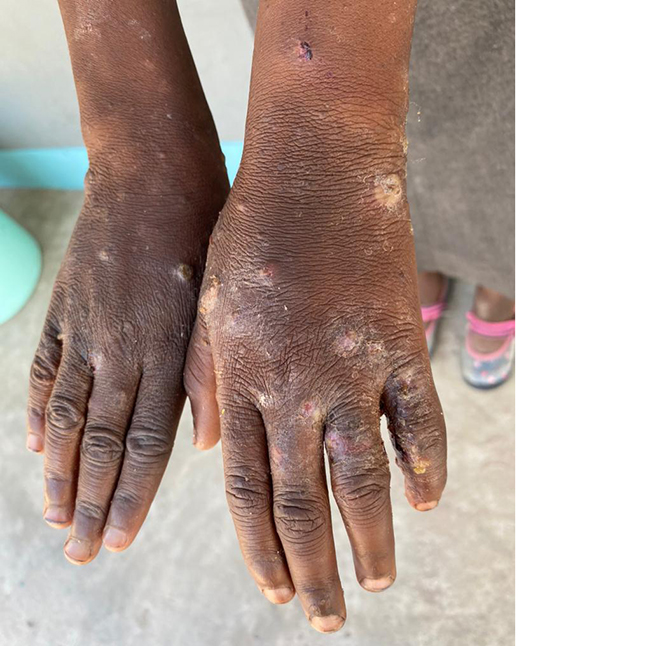Festus Hamalwa
ONGWEDIVA – Over 600 learners from 12 schools in the Oshikoto region have been infected with scabies. According to the education director in the Oshikoto region, Aletta Eises, infected learners have developed wounds on their hands.
She stressed that scabies hurts learners as many cannot attend classes while some can’t concentrate in class because they are always itching.
Eises said her office reported the matter to the health directorate in the region for further medical assistance, and they are attending to her call at the schools.
“I am urging schools to report learners with scabies immediately so that they can be sent home, and also to avoid the further spread,” she added.
She also urged parents to give support to their children at home and seek assistance in the treatment of the disease.
She added teachers fear contracting scabies as they are in close contact with learners throughout the day.
Also speaking to New Era, medical practitioner at the Windhoek Central Hospital Dr Laimi Ashipala said scabies is found worldwide, and affects people of all races and social classes.
It can spread rapidly in crowded conditions where close body and skin contact is frequent, such as prisons, hostels and squatter camps.
Ashipala said scabies is an infestation of the skin by the human itch mite. The microscopic scabies mite burrows into the upper layer of the skin, where it lives and lays its eggs.
She explained the symptoms of scabies as intense itching (pruritus), especially at night, and a pimple-like (papular) skin rash. The itching and rash may affect the whole body or be limited to common sites such as the wrist, elbow, armpit, webbing between the fingers, nipple, penis, waist, belt-line and buttocks.
“The rash sometimes includes tiny blisters (vesicles) and scales. Scratching the rash can cause skin sores, and sometimes these sores become infected by bacteria. The head, face, neck, palms and soles are often involved in infants and very young children, but usually not adults and older children,” she explained.
“It is spread by direct, prolonged, skin-to-skin contact with a person who has scabies. It is spread easily to sexual partners and household members. Scabies sometimes is spread indirectly by sharing articles such as clothing, towels or bedding used by an infected person. Indirect spread can occur much more easily when the infested person has crusted scabies. A quick handshake or hug usually will not spread scabies,” she stressed.
Scabicides to treat human scabies are available only with a doctor’s prescription.
Learners who spoke to New Era said they treat themselves with salt solution.
“We are far from the clinics. This is my second week,” said Junias Hamutoni, a grade six learner.
He added he is no longer able to write in class because he developed wounds on his hands.
“I am no longer free when I am in a crowd of people, especially at school because I am always scratching my hands,” he explained.
Another learner at Ohahati Primary School, Immanuel Joseph described scabies as painful.
“I don’t sleep well at night. I spent the whole night scratching myself. I don’t pay attention in class. It’s not easy for us,” he lamented.
Joseph added that the shortage of water is the main cause of scabies in their village because they sometimes go to school without bathing.
“We have a water crisis in our village. We travel long distances to fetch water. Our uniforms are always dirty,” he added.


